

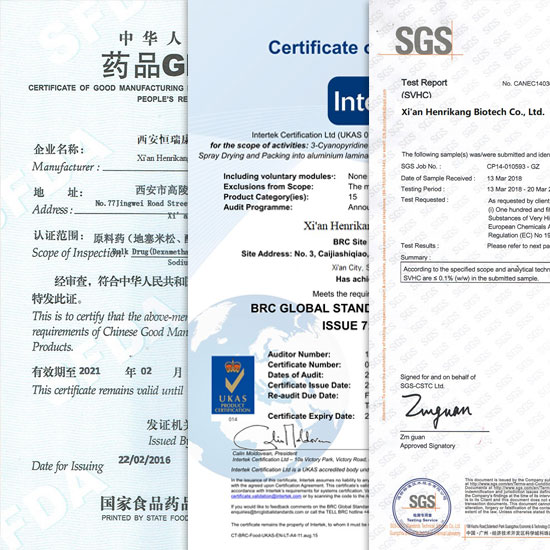



Related Attributes
Product details
L-menthol is a widely used flavouring monomer with a minty aroma and cooling effect, and is therefore used in many applications. Specifically, it can be found in oral products, tobacco, cosmetics, chewing gums, sweets and pharmaceutical rubs.
L-Menthol is the most used in oral care products, accounting for more than 1/3 of the total.In addition, it is also widely used in pain relief and anti-inflammatory medications due to its cooling effect.
The current annual global demand for L-menthol is approximately 40,000 tonnes, of which 70% comes from natural extraction methods.
L-menthol can be produced by both natural extraction and chemical synthesis, with extraction from plants being the primary source. However, the production of natural menthol is not able to meet the industrial demand as it is susceptible to seasonal and cultivation factors.
Therefore, chemical synthesis with stable yield and cheap price will be the key development direction of L-menthol.

Uses of L-menthol.
Menthol and Spearmint can be used as flavouring agents for toothpaste, perfume, drinks and candies. In medicine, it is used as a stimulant, acting on the skin or mucous membranes, with a cooling and itching effect; internally, it can be used as a wind-repellent medicine for headache and inflammation of nose, throat and larynx. Its ester is used in spices and medicines. In the world, China and Brazil are the main natural peppermint producers, and the annual output of peppermint oil both reach 2000-3000t.
The main component of peppermint oil. Due to its characteristic minty flavour and cooling effect, it is widely used in candy, cosmetics and toothpaste.
Dutch brain is an edible spice allowed to be used in China, mainly used for flavouring toothpaste, candy and beverage. The dosage is according to normal production needs, generally 1100mg/kg in chewing gum; 400mg/kg in candy; 130mg/kg in baked goods; 68mg/kg in ice cream; 35mg/kg in soft drinks.

Chemical Properties of L-menthol.
Colourless needle-like crystals, with a cool minty aroma. Relative density d1515=0.890,melting point 41~43℃,boiling point 216℃,111℃(2.67kPa),specific rotation αD20=-49.3°,refractive index nD20=1.4609.
Soluble in organic solvents such as ethanol, acetone, ether, chloroform and benzene, slightly soluble in water. Chemical properties are relatively stable, can be volatile with the vapour. Oral LD503.3g/kg in rats, ADI0-0.2mg/kg (FAO/WHO, 1994).

Product method of L-menthol.
L-type is obtained from natural peppermint crude oil by cooling, crystallisation and separation. Peppermint oil containing brain 50% to 60%, cooled to 15 ℃, menthol that is crystal precipitation, centrifugal separation, the oil and then cooled to 5 ℃, and menthol, and then cooled to -10 ℃, and then menthol, three times can be lifted to 50% of the menthol (still about 50% of the residual menthol).
From l-menthol ketone system l-menthol. The residual oil obtained by the above method, under reduced pressure to evaporate terpenes (about 20% to 25%), the remaining with 96% ethanol dissolved, and then reduced to menthol with sodium metal. The synthetic product (dl-) is produced from aromatic aldehyde.
WHY CHOOES US?

OUR CERTIFICATE
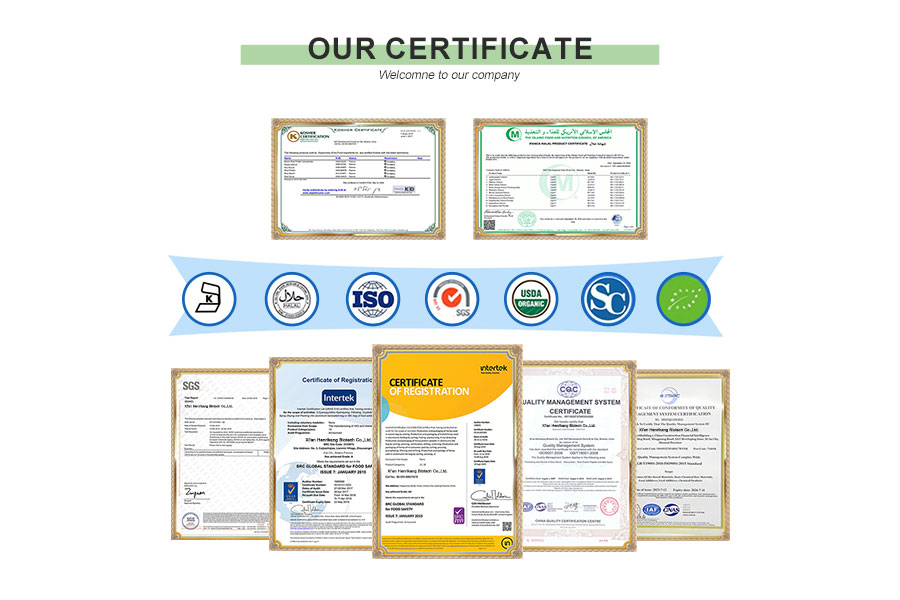
CUSTOM PROCESS

OUR PACKAGE
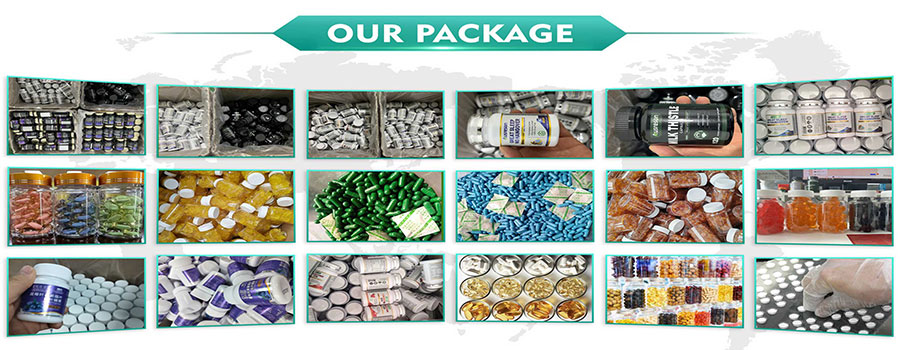
OUR EXHIBITION

OUR FACTORY
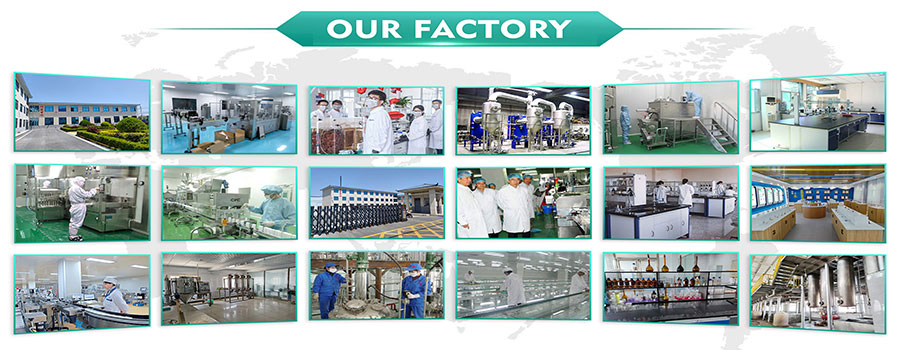
Shipping
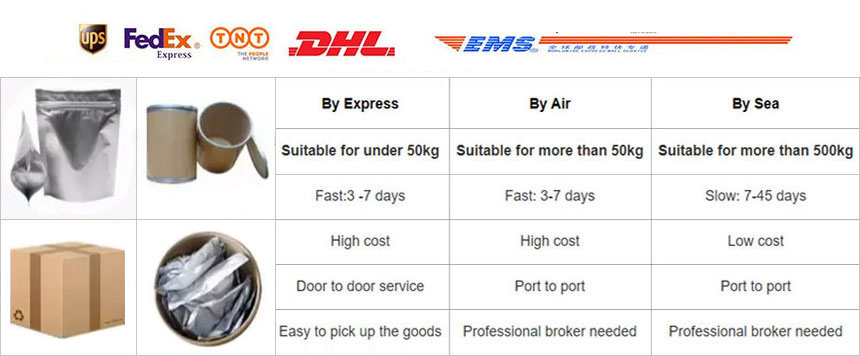
Pharmaceutical Intermediate manufacturers
©2022 Xi'an Henrikang Biotech Co., Ltd.,